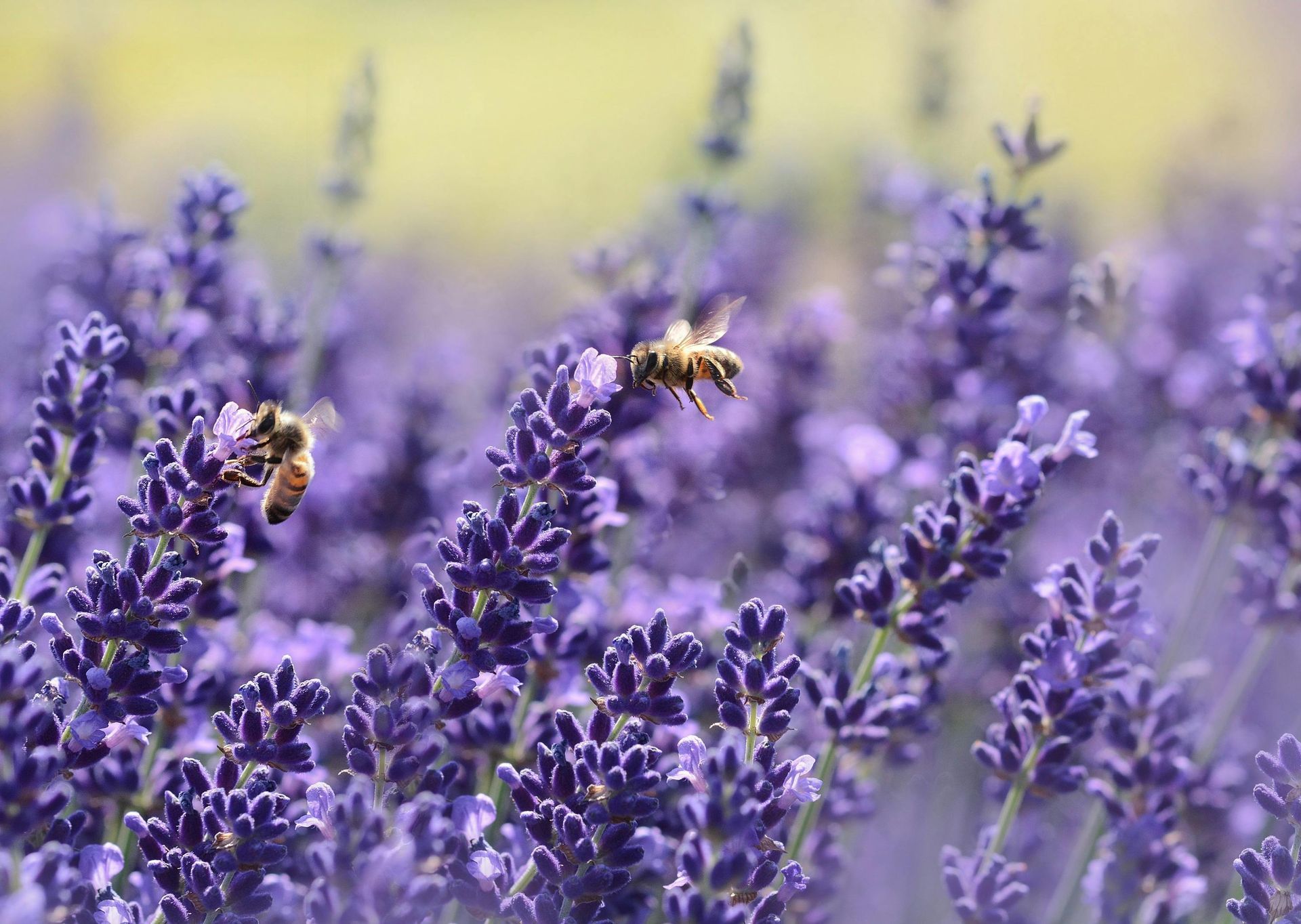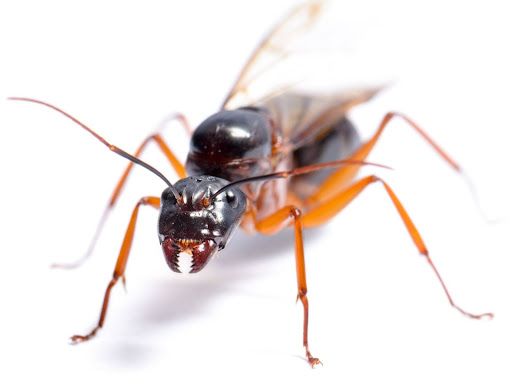Spotlight on Bed Bugs: Effective Eco-Friendly Solutions for Meridian Homes
Bed bugs have become a prevalent issue for residents of Meridian, ID, mirroring a larger trend across the United States. These pests thrive in homes, apartments, and hotels, making them difficult to control once an infestation takes hold. Their small size and ability to hide in cracks, crevices, and upholstery allow them to spread undetected, worsening the problem over time.
The persistence of these pests poses significant challenges, necessitating effective strategies for control and eradication. Traditional chemical treatments can sometimes lead to pesticide resistance, making it essential to explore alternative methods. Without a comprehensive approach that includes both treatment and prevention, infestations can quickly return, causing frustration for homeowners.
Understanding Bed Bug Resilience
The resilience of bed bugs is rooted in their biology and behavior, making them a formidable pest to eliminate. These tiny insects can conceal themselves in the smallest crevices, complicating detection efforts. Their rapid reproduction rate is alarming; a single female can lay hundreds of eggs during her lifetime, swiftly turning a minor issue into a major infestation. Bed bugs can also survive for extended periods without feeding, allowing them to persist even in environments that appear clean.
Common misconceptions exist regarding bed bugs. Contrary to popular belief, infestations are not necessarily a result of poor hygiene. Bed bugs can thrive in various environments, regardless of cleanliness. They are not confined to beds alone; these pests can be found in furniture, clothing, and even electrical outlets.
Identifying Bed Bug Infestations
Early identification of a bed bug infestation is critical for effective intervention. Typical signs include bites on the skin, often appearing in clusters or lines. Blood stains on sheets and mattresses, along with dark excrement spots, are other indicators. Recognizing these signs early can prevent a widespread infestation.
Bed bugs are skilled at hiding in numerous places within a home. They are often found in mattresses, box springs, bed frames, and headboards. Yet, they can also conceal themselves in furniture, behind wallpaper, and in the seams of curtains. Conducting a thorough inspection involves carefully checking these areas, potentially using a flashlight and magnifying glass for better visibility.
Eco-Friendly Treatment Options
Eco-friendly pest control methods offer a safer alternative to traditional chemical treatments for those dealing with bed bug infestations. These methods aim to minimize environmental harm and reduce health risks to humans and pets.
While traditional chemical treatments can be effective, they often raise safety and environmental concerns. Eco-friendly methods, such as heat treatment, steam cleaning, and natural insecticides, provide safer solutions. Heat treatment involves raising the temperature in the infested area to a lethal level for bed bugs. Steam cleaning uses high-temperature steam to eliminate bed bugs on contact. Natural insecticides, derived from plant-based compounds, can also effectively control bed bug populations.
Implementing Effective Eradication Strategies
Preparing a home for bed bug treatment is a crucial step in the eradication process. Homeowners should start by decluttering, washing, and drying all bedding and clothing on high heat, and vacuuming thoroughly. Decluttering helps remove potential hiding spots, while high temperatures effectively kill bed bugs and their eggs. Vacuuming not only eliminates live bugs but also removes shed skins and eggs that may be embedded in carpets or furniture. Focusing on eco-friendly approaches is essential to minimize environmental impact, ensuring that eradication methods do not introduce harmful chemicals into the home.
Working with professional pest control services ensures an effective eradication process. Professionals have the expertise and tools needed to comprehensively tackle infestations, using heat treatments, insecticides, and integrated pest management strategies. They can also identify hidden infestations in areas homeowners might overlook, such as electrical outlets, baseboards, and furniture joints. Follow-up treatments and monitoring are crucial to prevent re-infestation, as bed bugs can be persistent. Even after the initial treatment, some eggs may survive, making additional inspections and treatments necessary to ensure complete eradication.
Prevention Tips for Homeowners
Preventing bed bug infestations is always preferable to addressing an existing problem. Homeowners can adopt eco-friendly practices to reduce the risk of infestation. Regular inspections and maintenance are key strategies in prevention. Periodically checking for signs of bed bugs and maintaining a clean environment can help keep these pests at bay.
When traveling, inspecting hotel rooms for signs of bed bugs and keeping luggage off the floor is important. Avoid bringing second-hand furniture into the home without a thorough inspection. Community efforts in Meridian, such as awareness campaigns and local programs, can also play a role in preventing bed bug problems.
The Importance of Safety in Pest Control
Safety is a significant consideration in pest control, especially when dealing with bed bugs. Bed bug bites can cause allergic reactions and skin irritation, and infestations can lead to psychological stress. The fear of bed bugs can disrupt sleep, cause anxiety, and affect overall well-being. Individuals experiencing infestations often report heightened stress levels and an ongoing sense of discomfort in their homes.
Balancing effective pest control with family and pet safety is essential. Eco-friendly solutions mitigate health risks compared to traditional pesticides, reducing exposure to harmful chemicals. These methods prioritize the well-being of residents and the environment, making them a preferable choice for many homeowners. Non-toxic heat treatments, diatomaceous earth, and essential oil-based sprays are gaining popularity as safer alternatives. Proper education on pesticide application, safe storage, and the importance of following label instructions can prevent accidental exposure to toxic substances.
Community Perspectives on Bed Bug Challenges
Residents and pest control experts in Meridian have voiced their opinions on the challenges posed by bed bugs. Some residents have shared their struggles with infestations, highlighting the need for effective solutions. Experts emphasize the importance of professional intervention and community awareness.
Cultural and geographical factors in Meridian may influence bed bug prevalence. The city's climate and population density can affect how these pests spread and how control efforts are implemented. Successful eradication stories from the community can provide valuable insights and hope for those dealing with infestations.
The Future of Bed Bug Control
Emerging trends and technologies in bed bug control focus on sustainability and innovation. As climate change impacts pest populations, new strategies are being developed to address these challenges. Predictions for the future of eco-friendly pest control solutions in Meridian and beyond are optimistic, with ongoing research and innovations leading the way. Ongoing research in the field of pest management continues to explore new methods and technologies, offering hope for more effective and sustainable solutions in the future.
Bed bugs present a persistent challenge for residents in Meridian and beyond. Understanding their resilience, identifying infestations early, and implementing eco-friendly solutions are crucial steps in effective management. By adopting preventive measures and working with professionals, homeowners can protect their homes from these invasive pests. The future of bed bug control looks promising with sustainable and innovative strategies on the horizon.
For expert assistance in managing bed bug infestations,
reach out to Natura Pest Control today. Our team is dedicated to providing effective and eco-friendly pest control solutions tailored to your needs.




